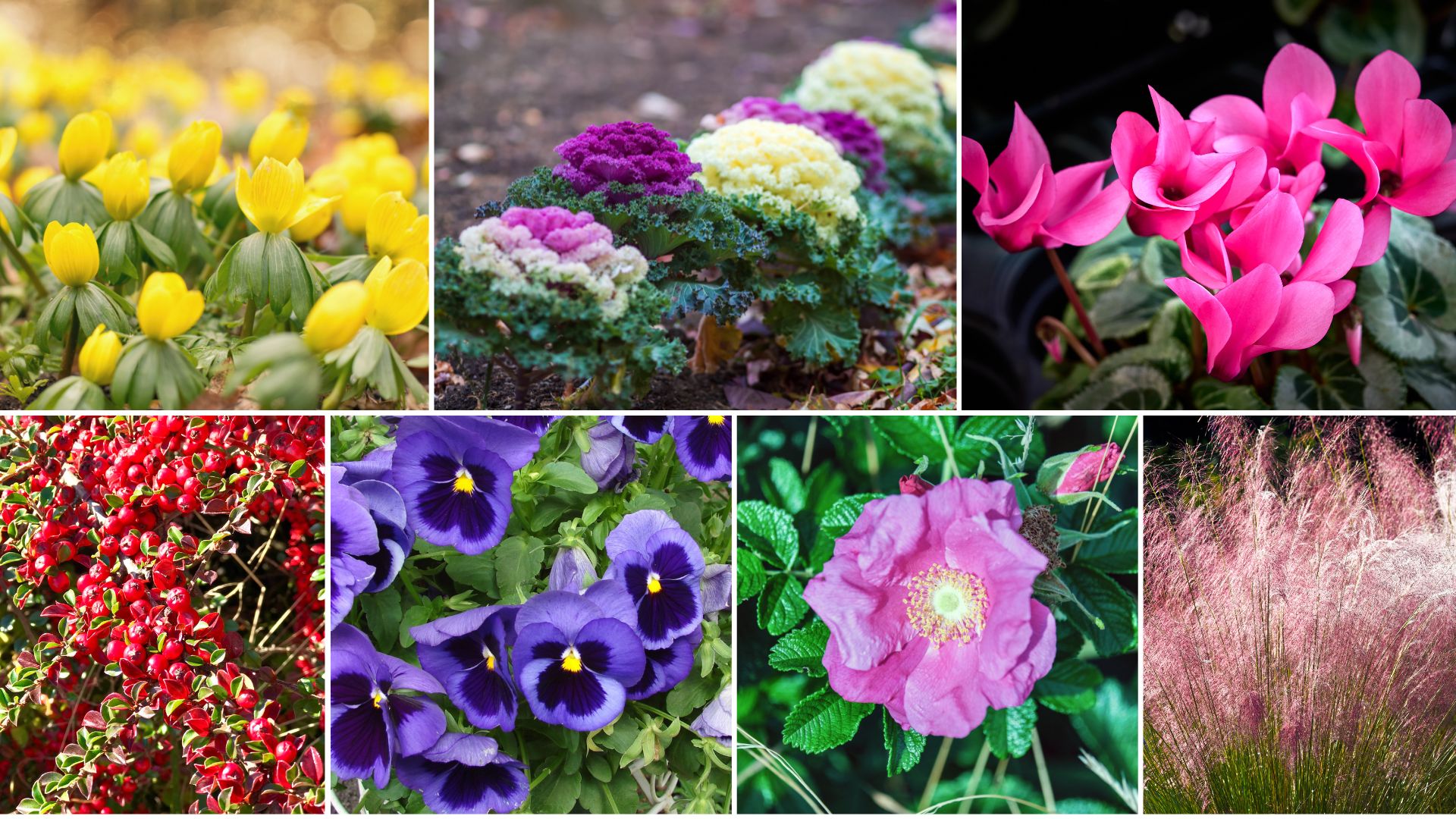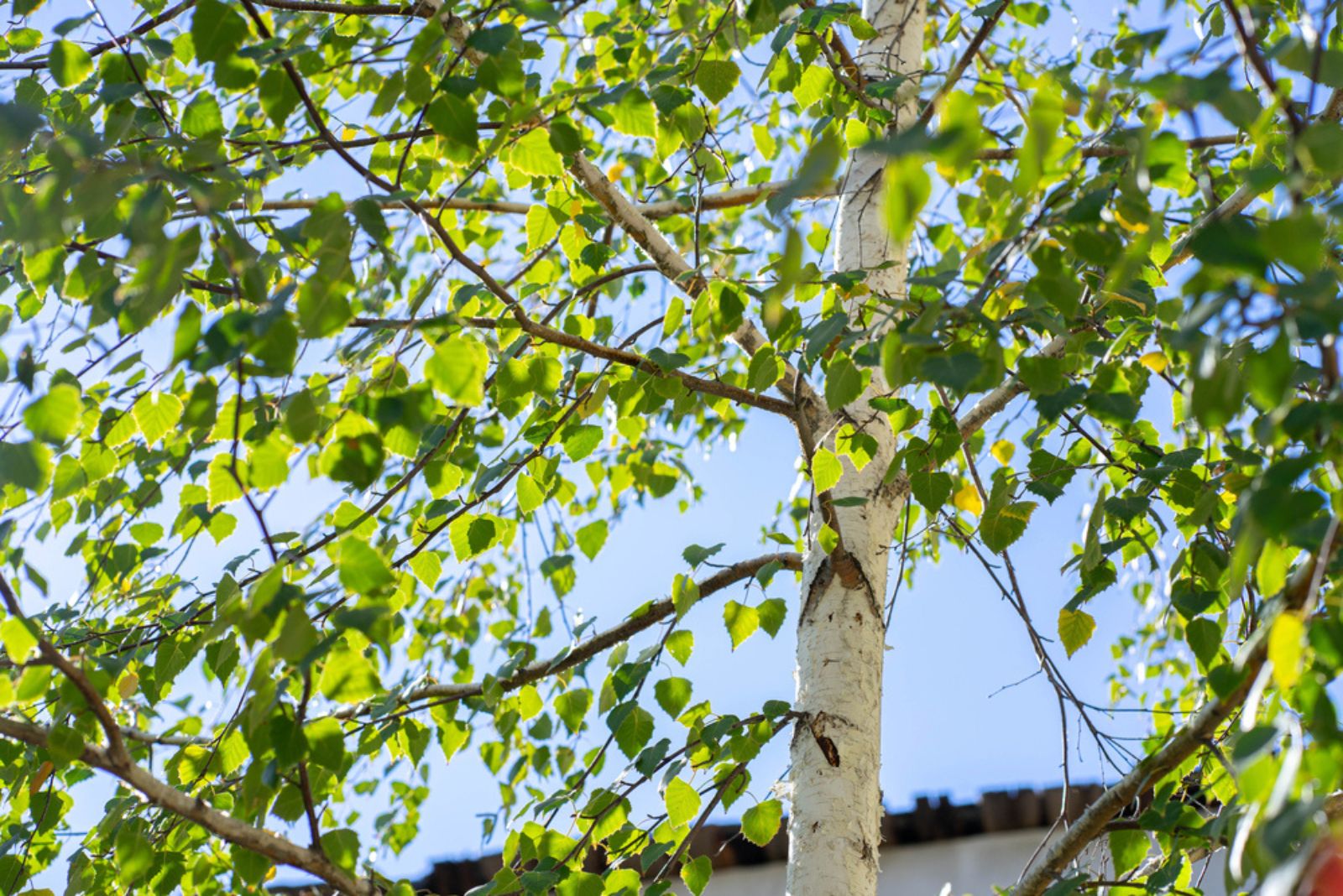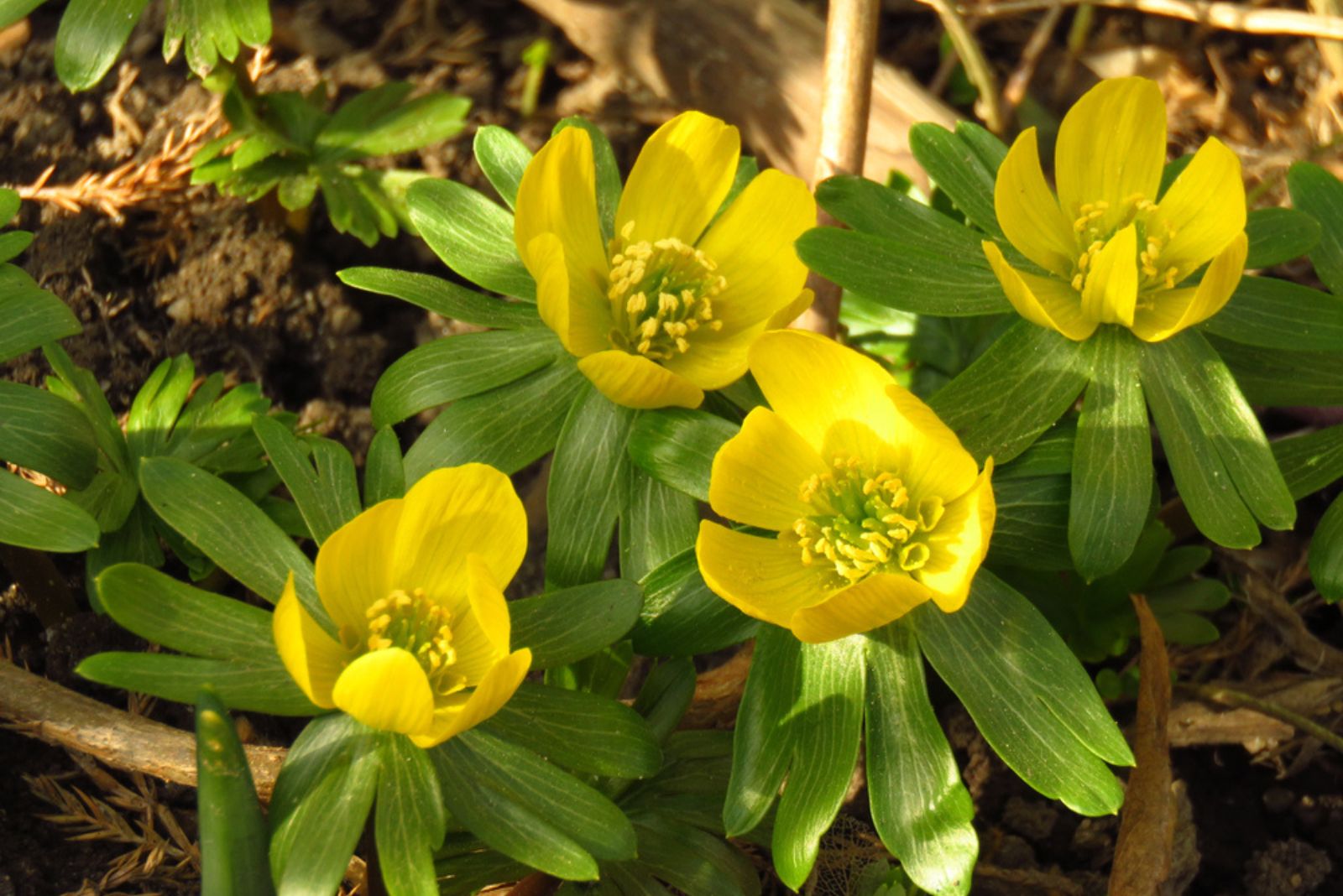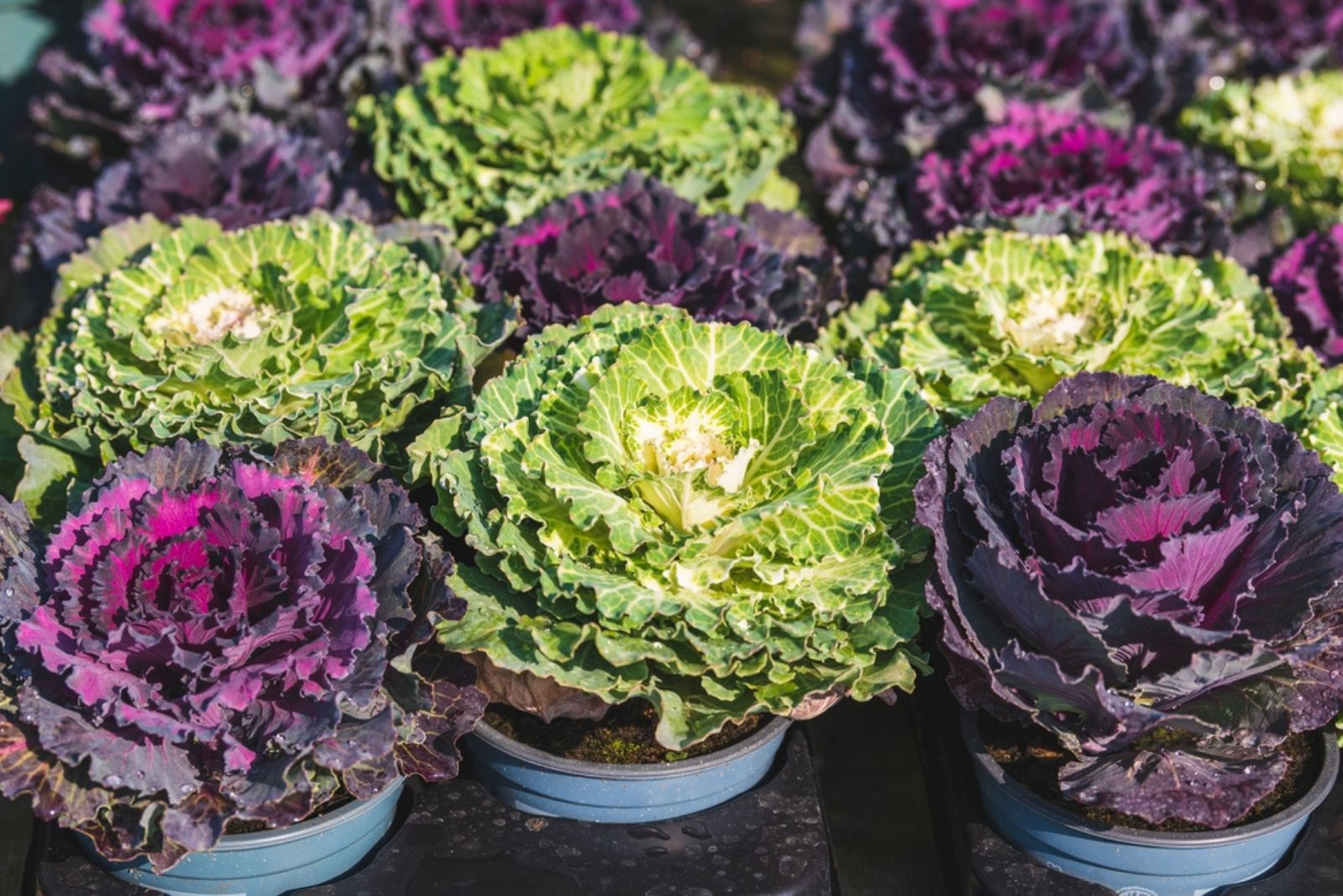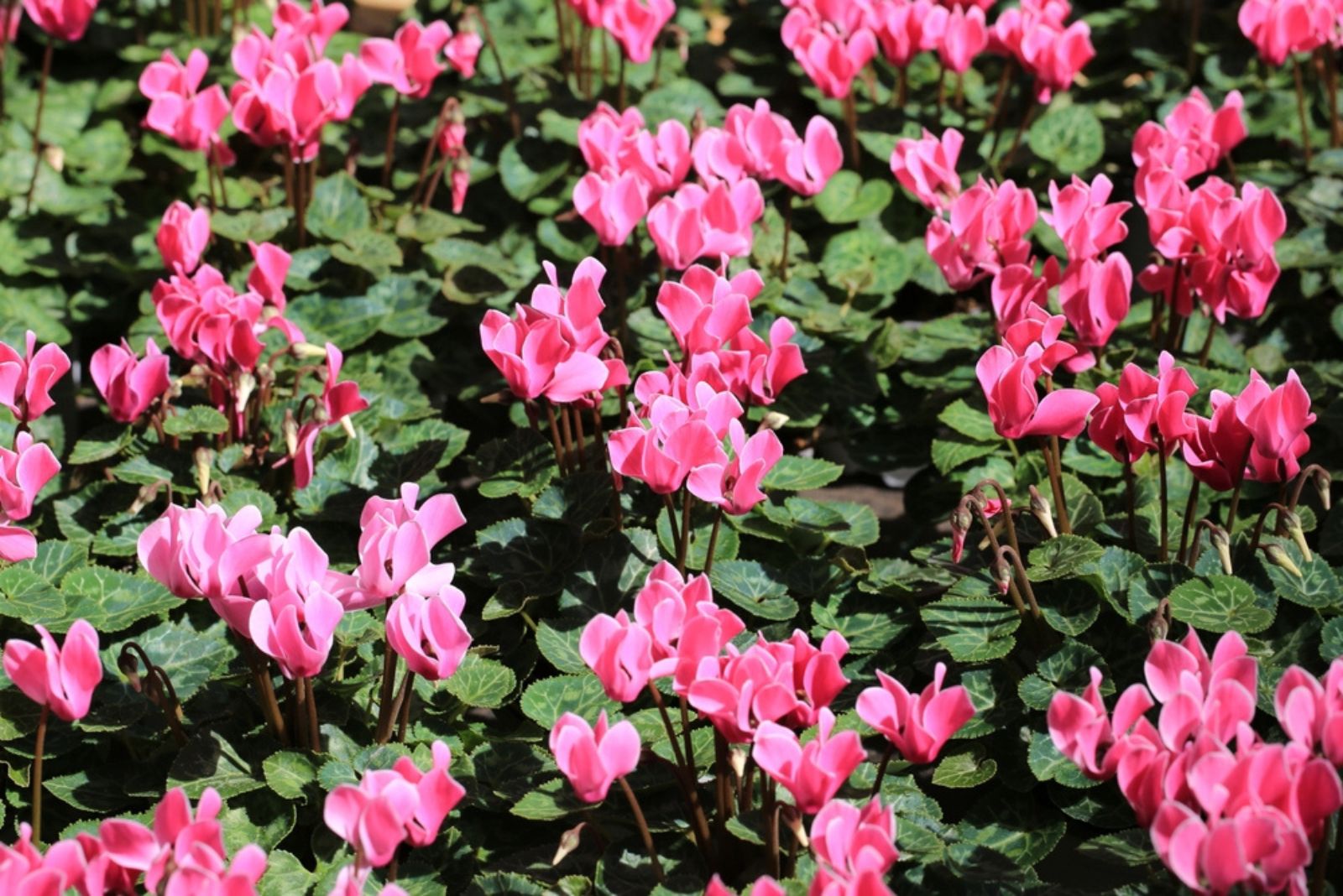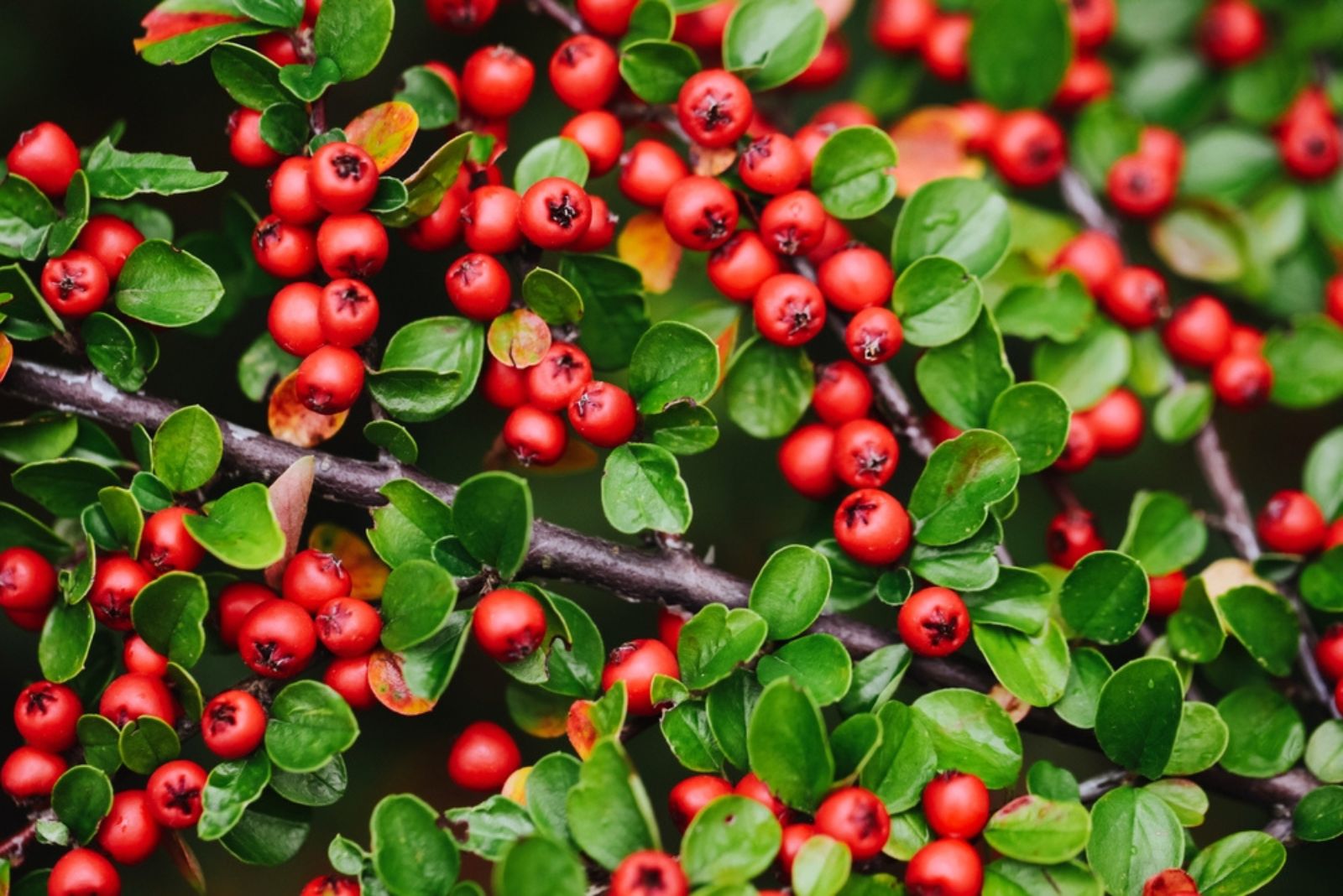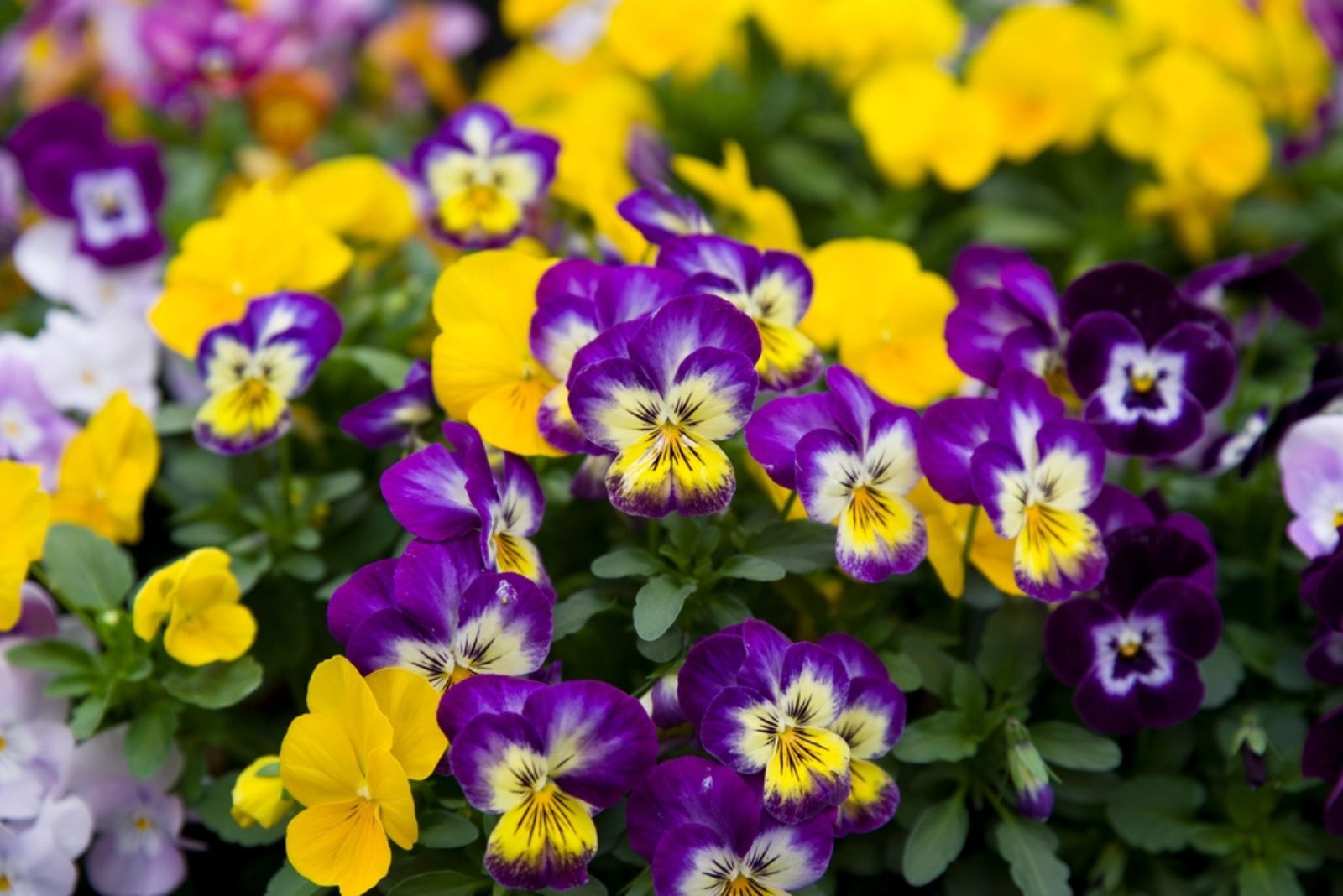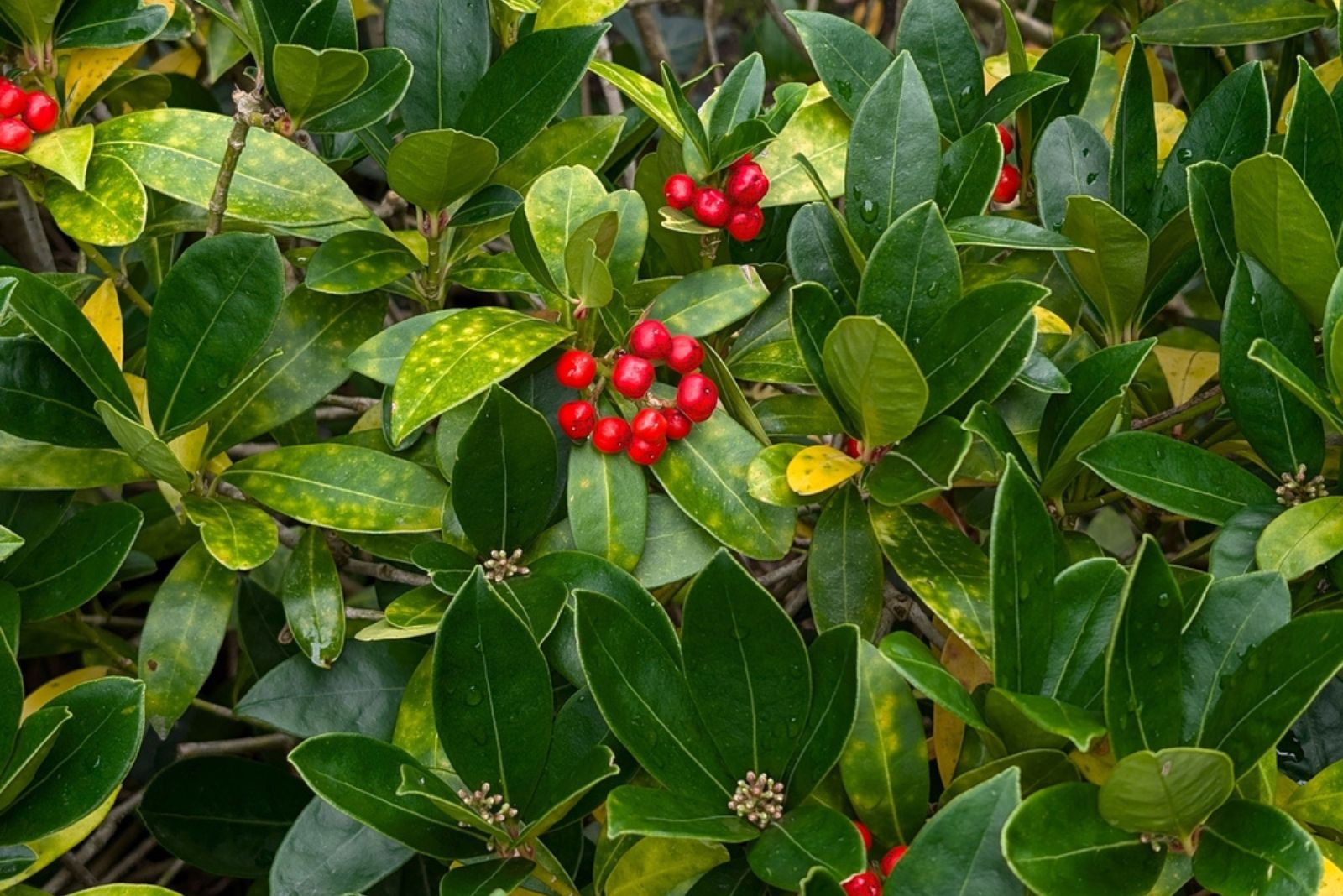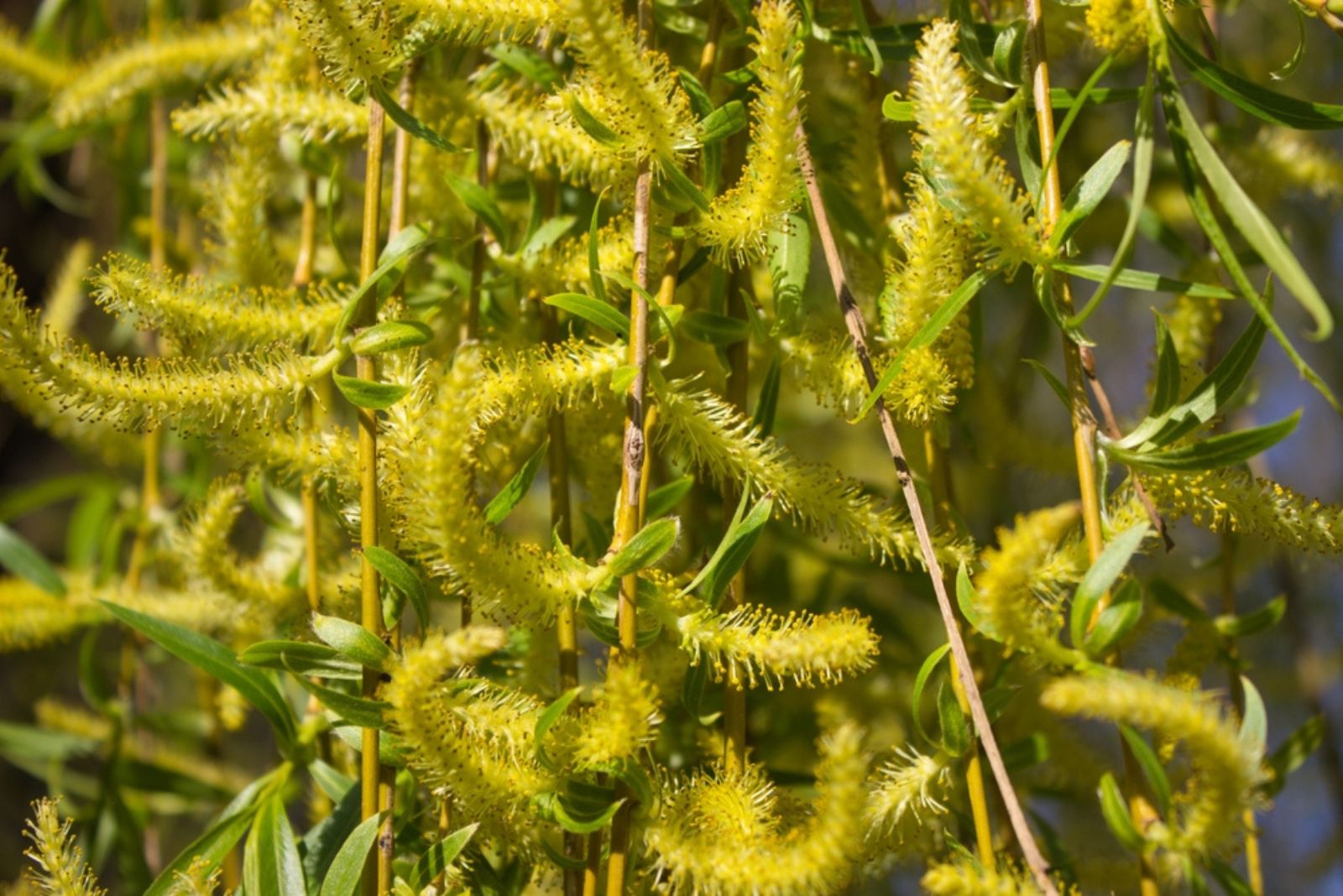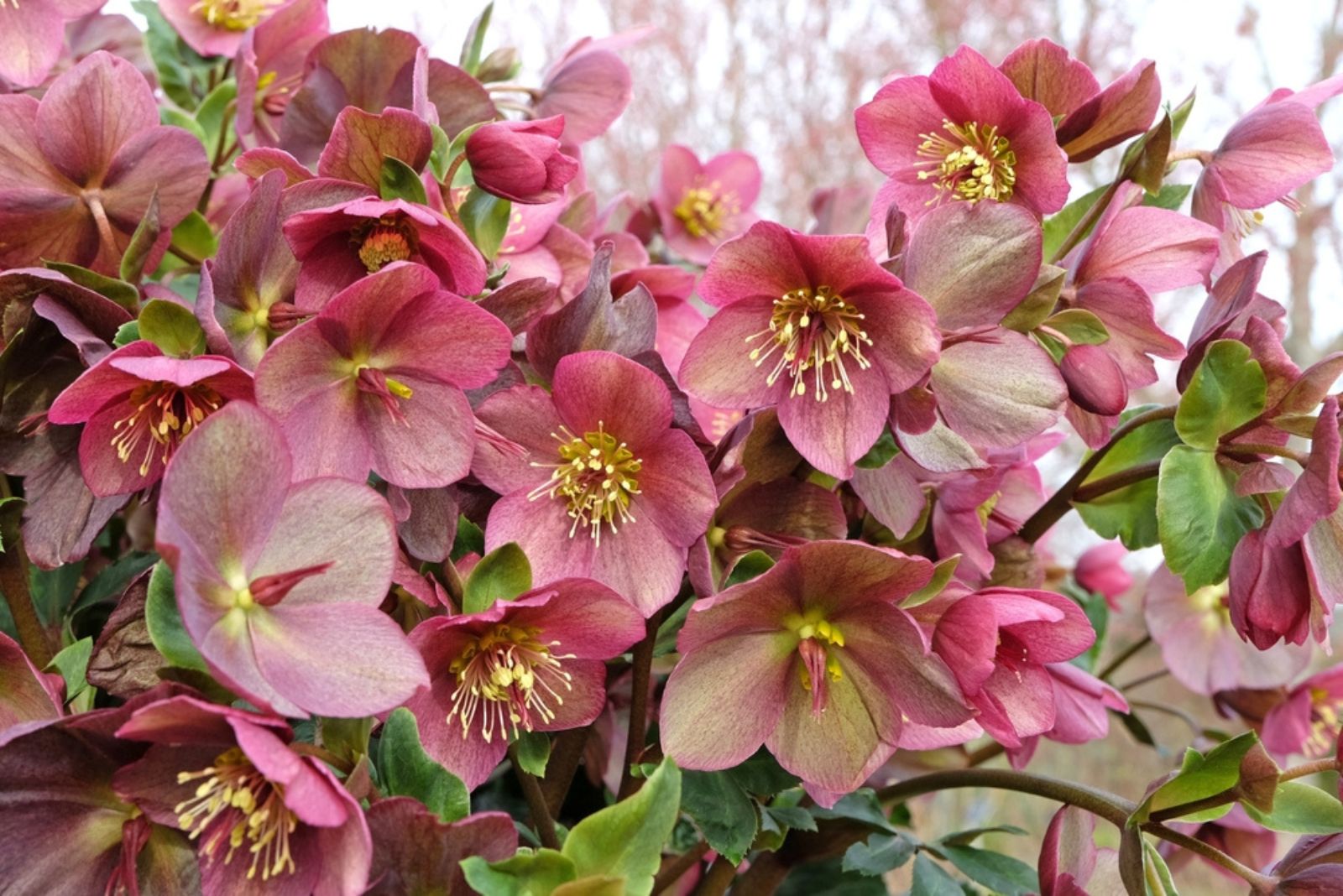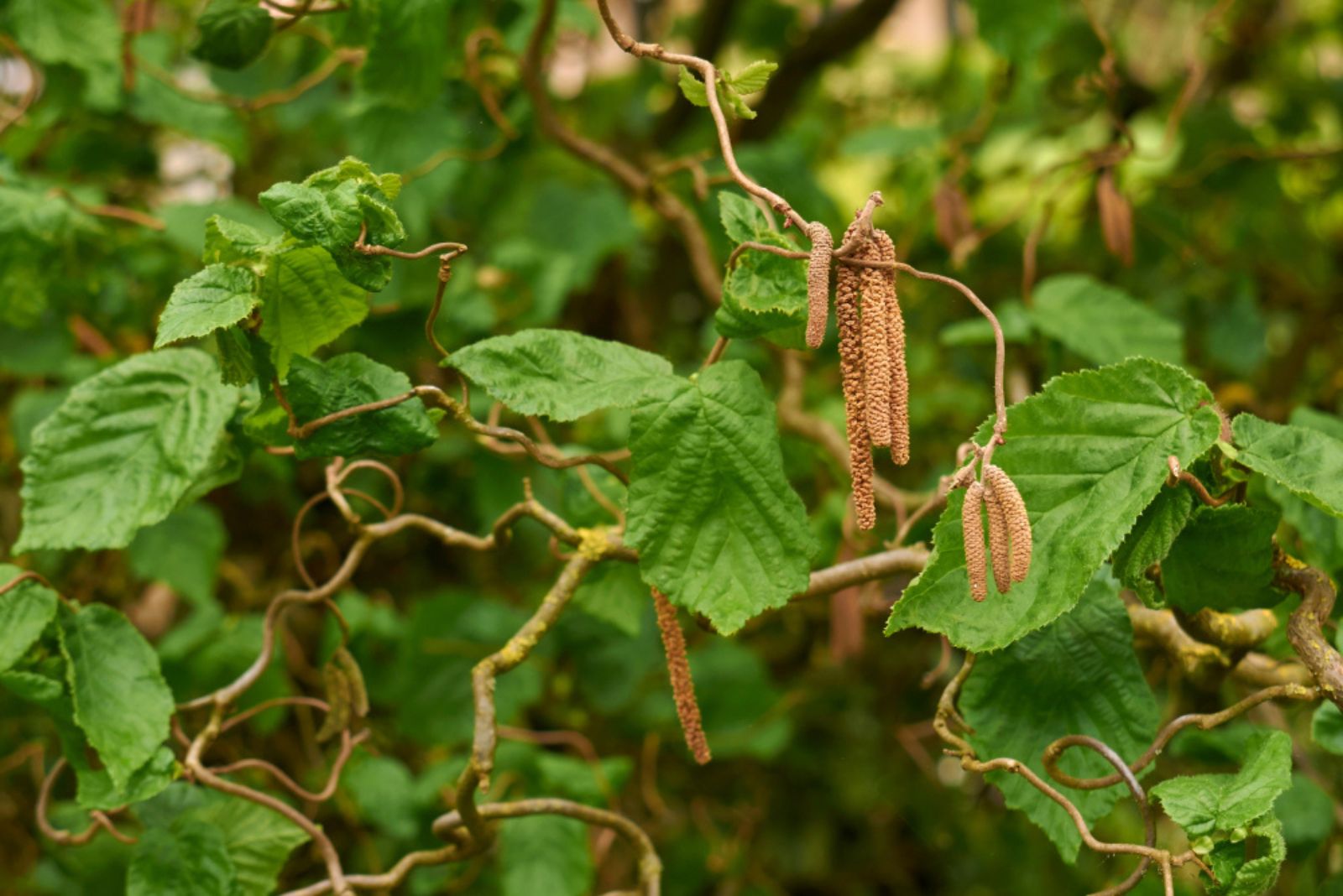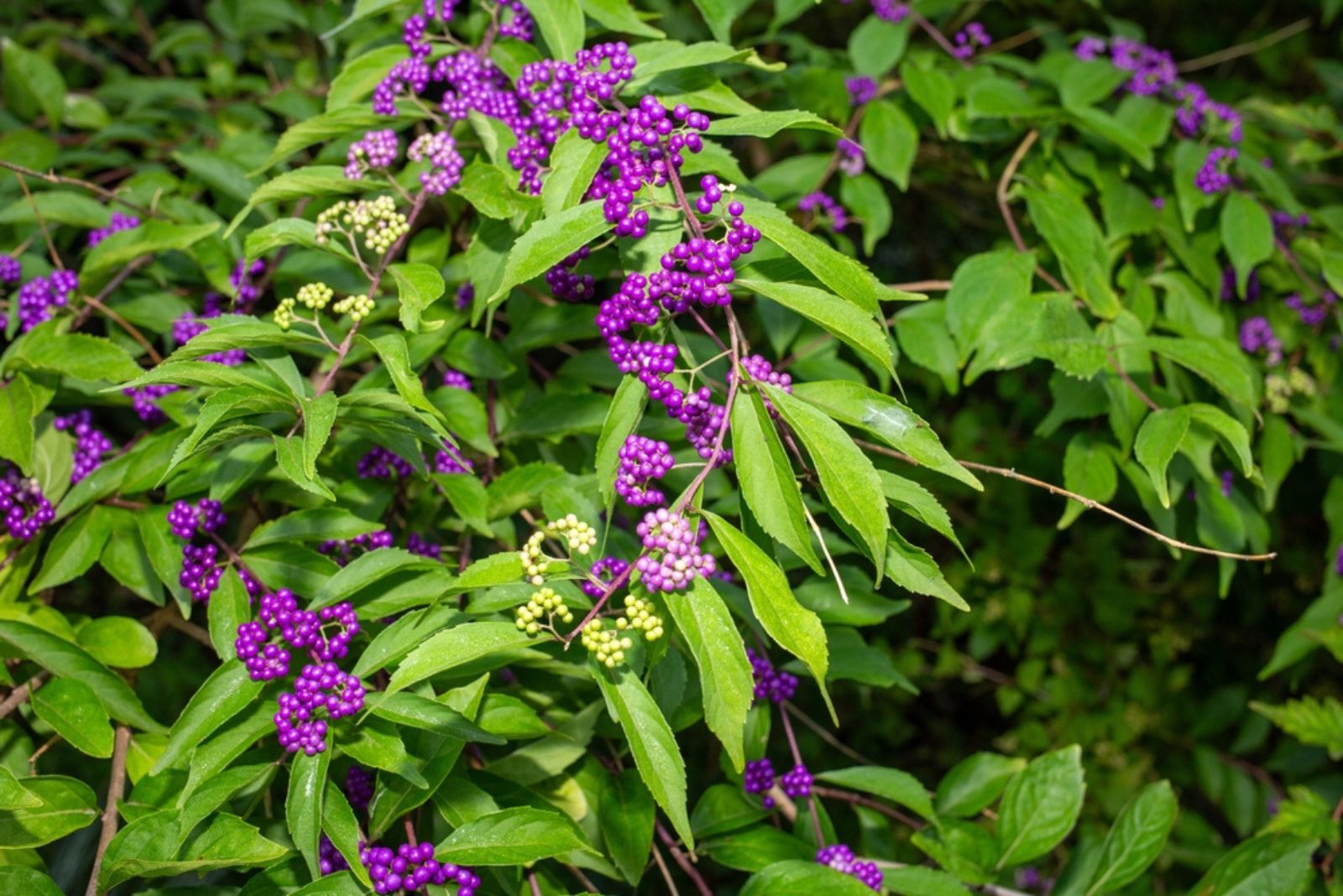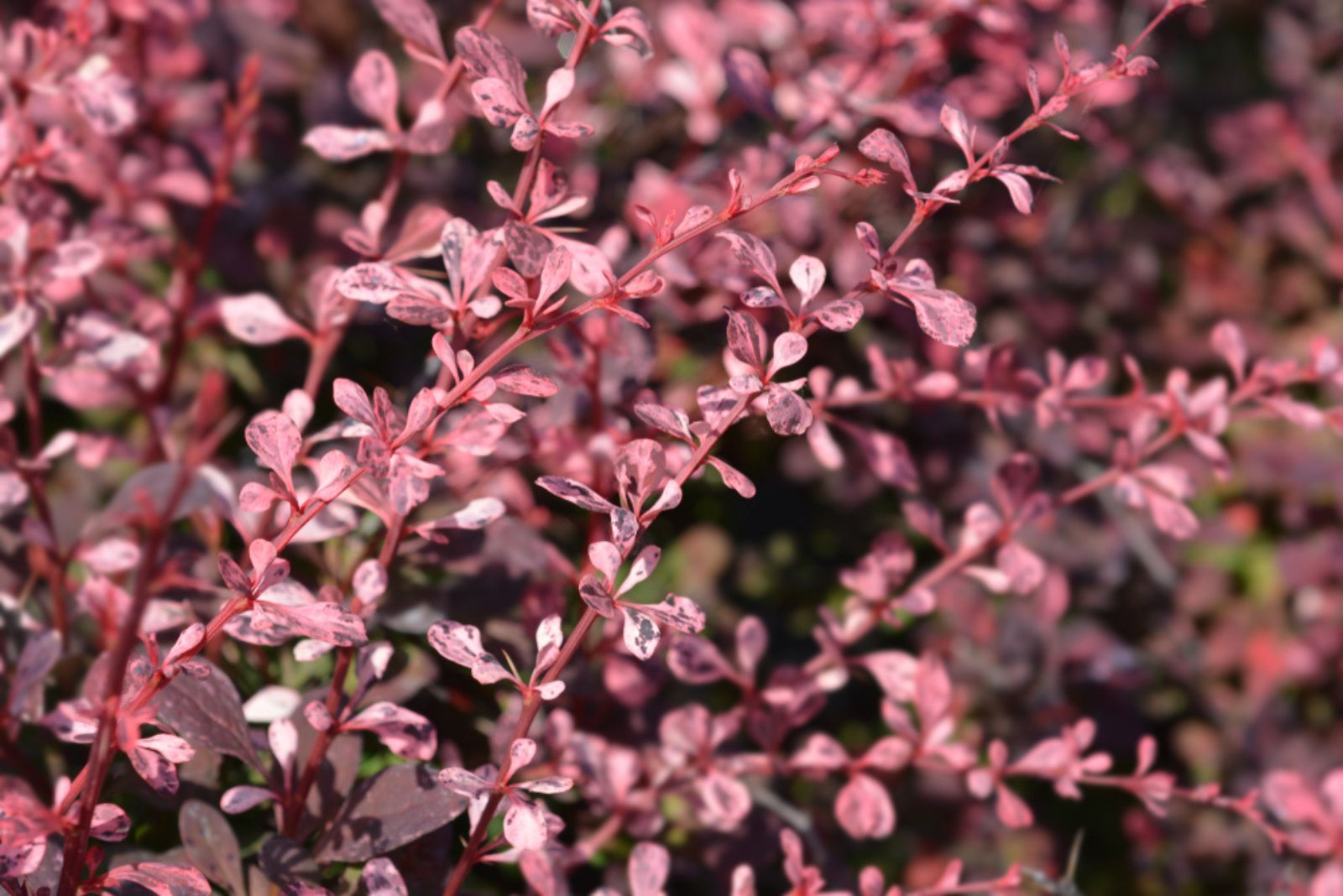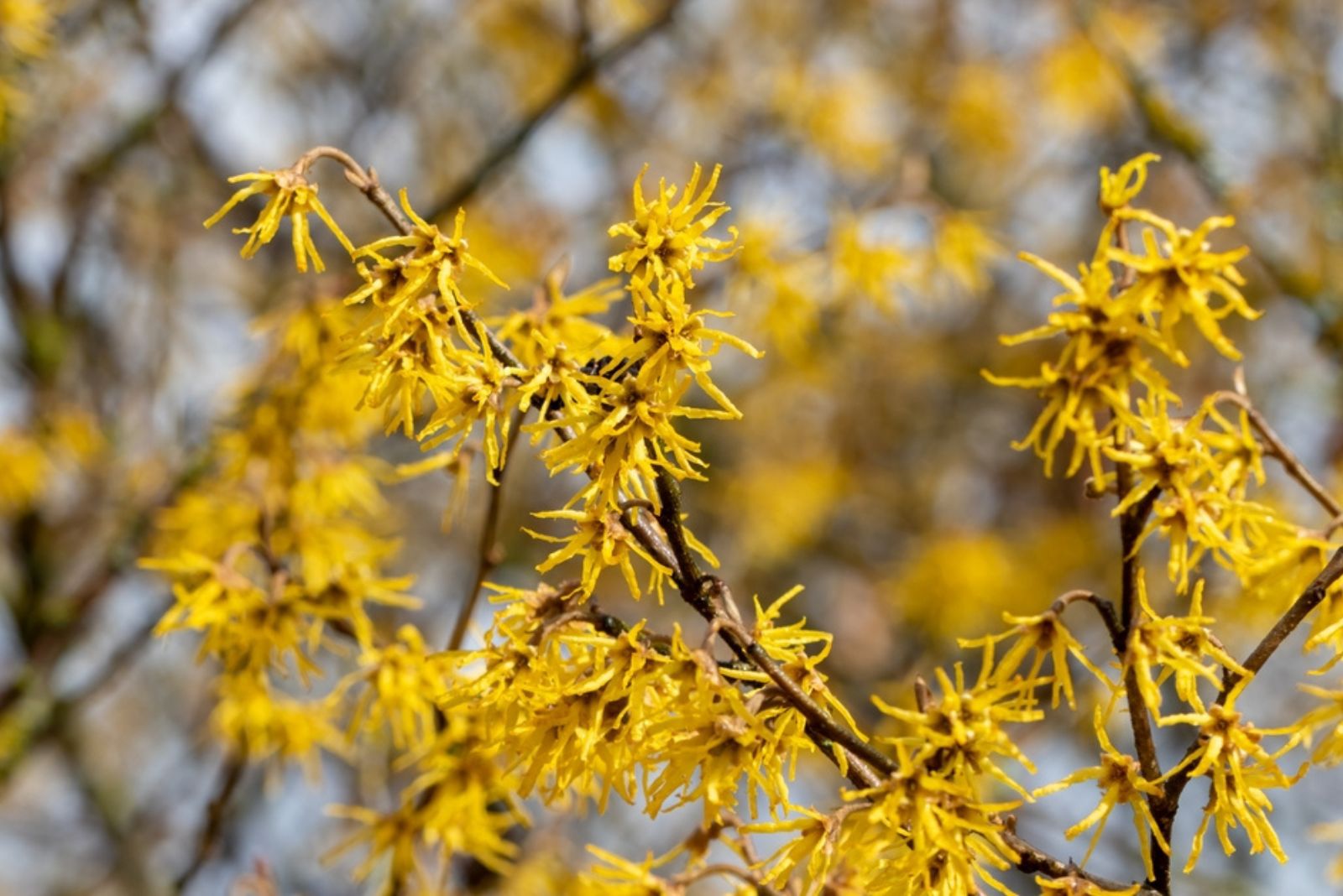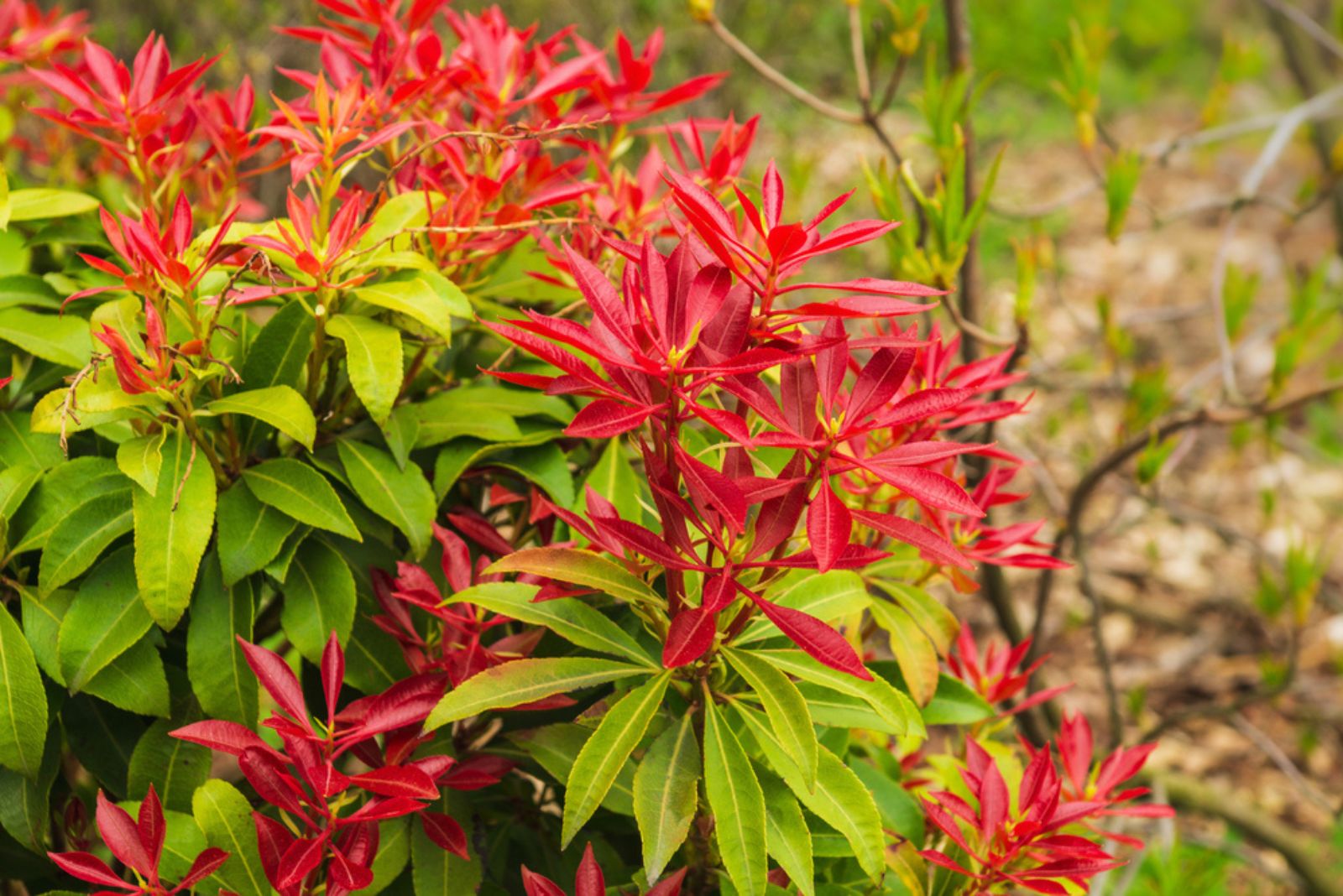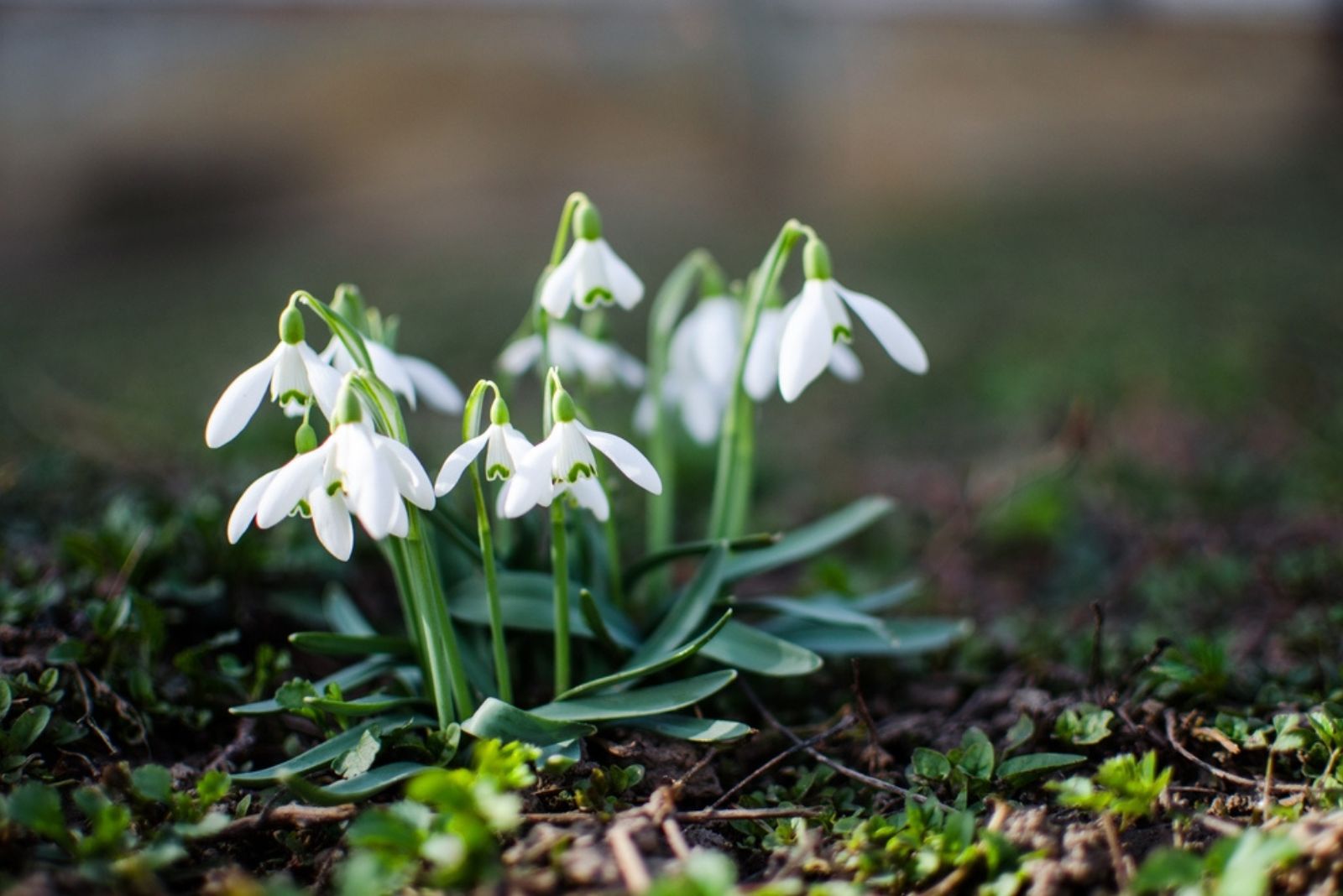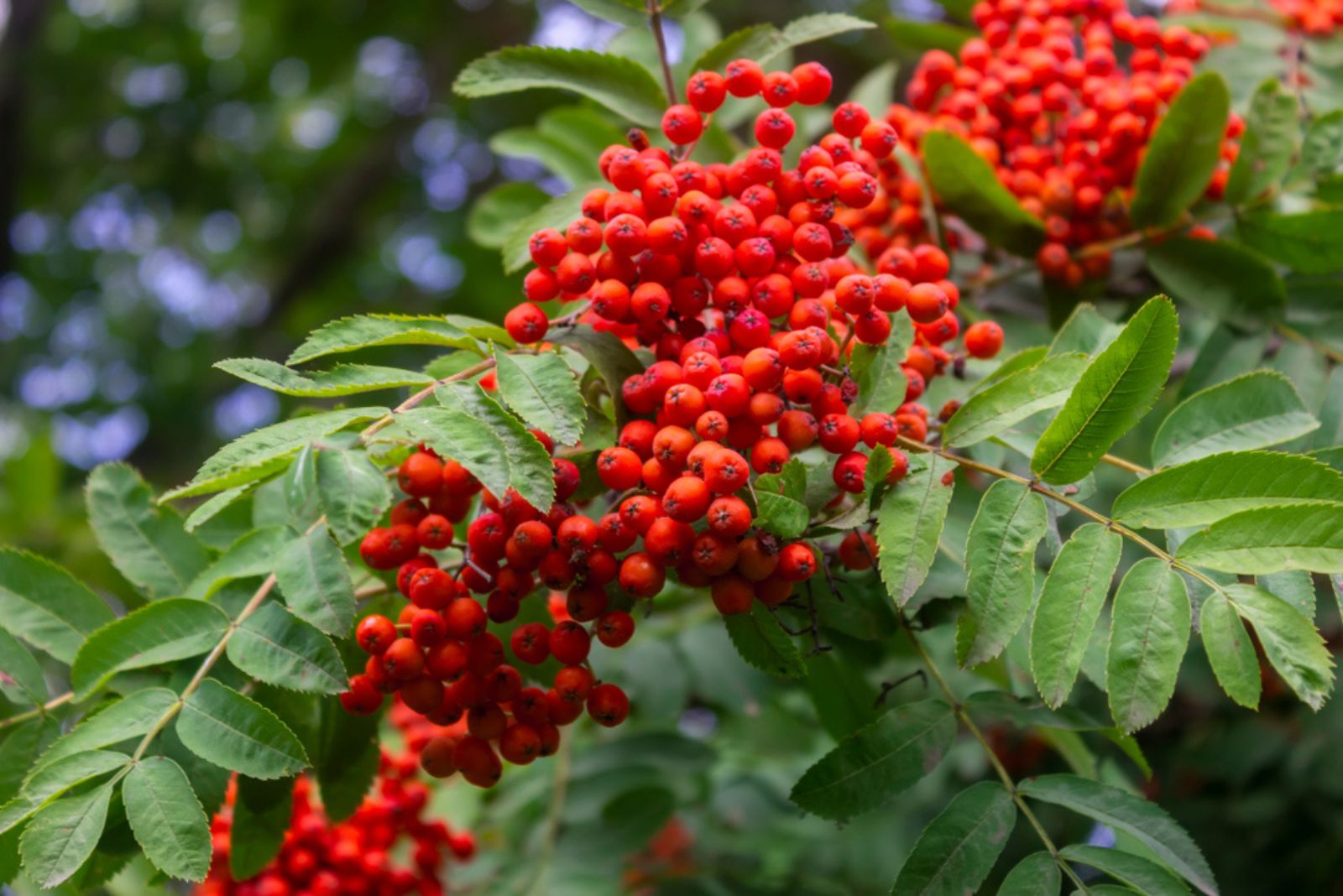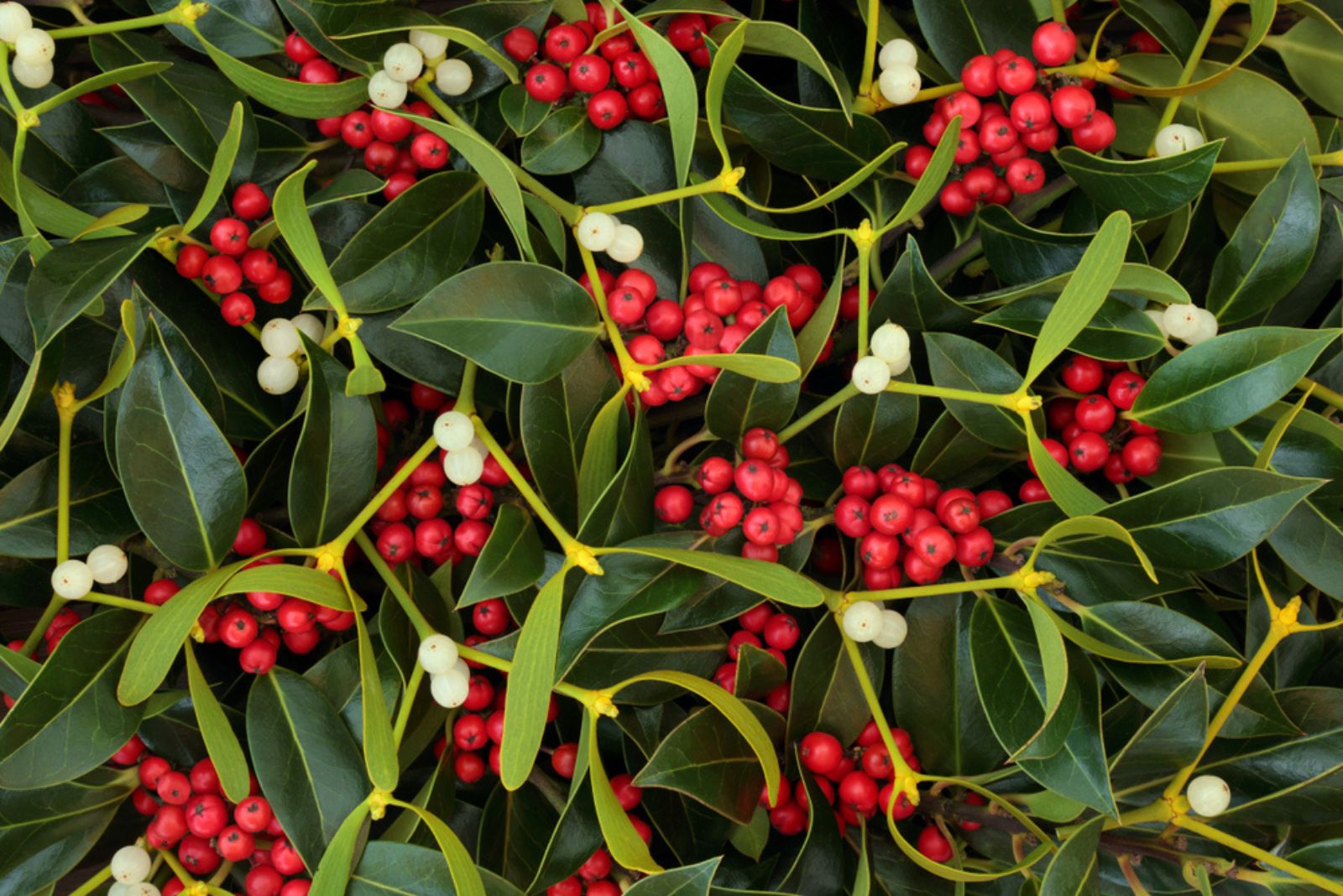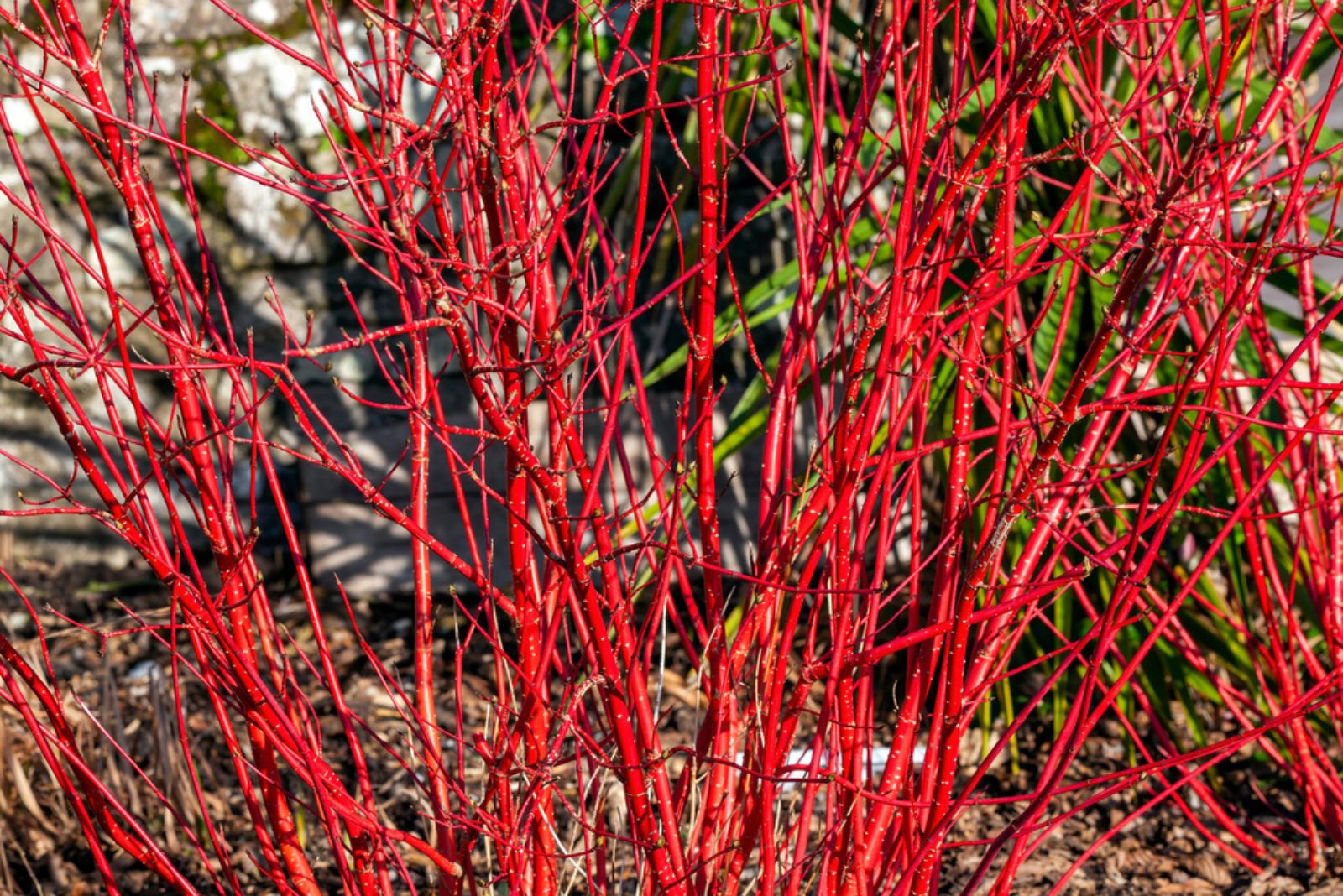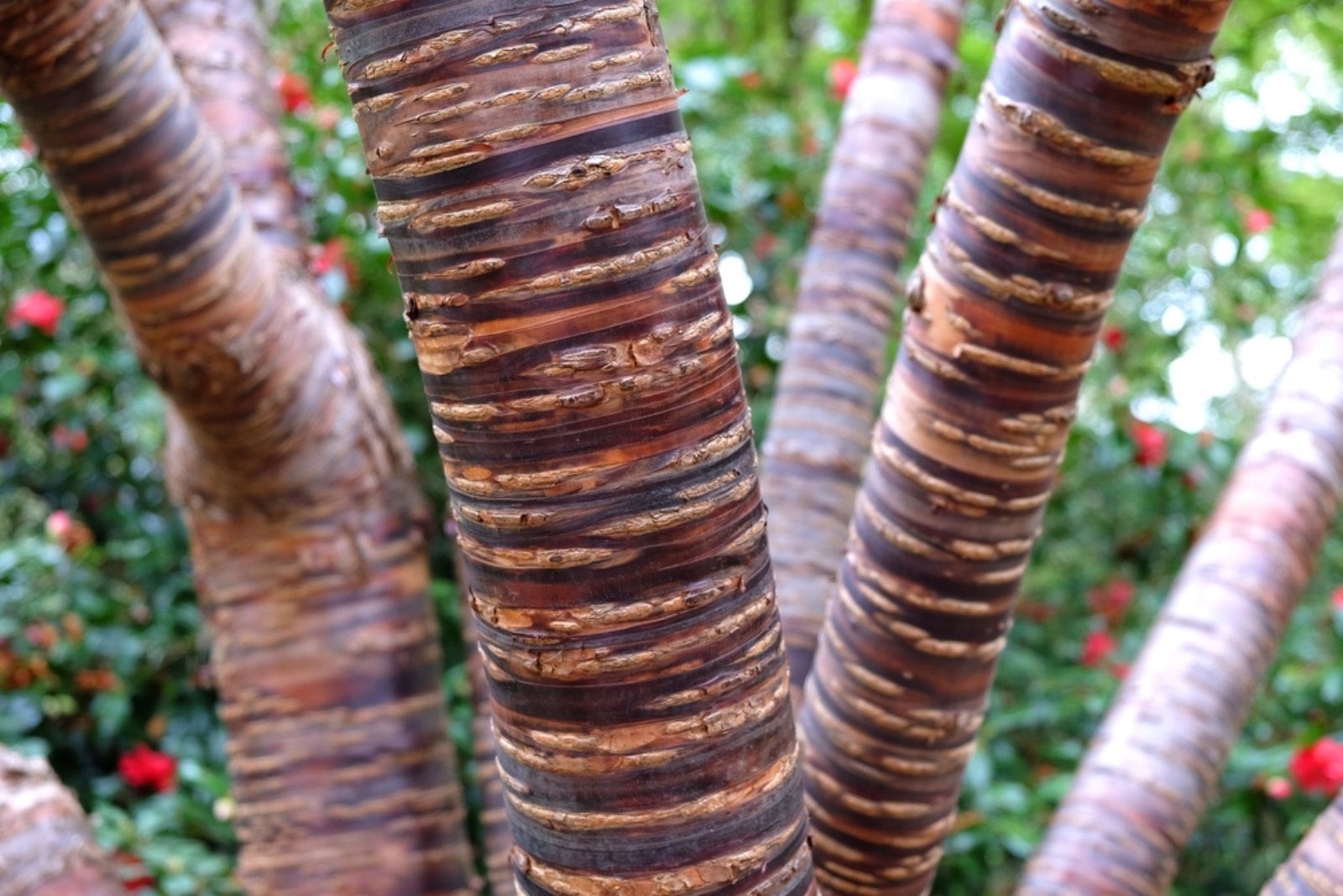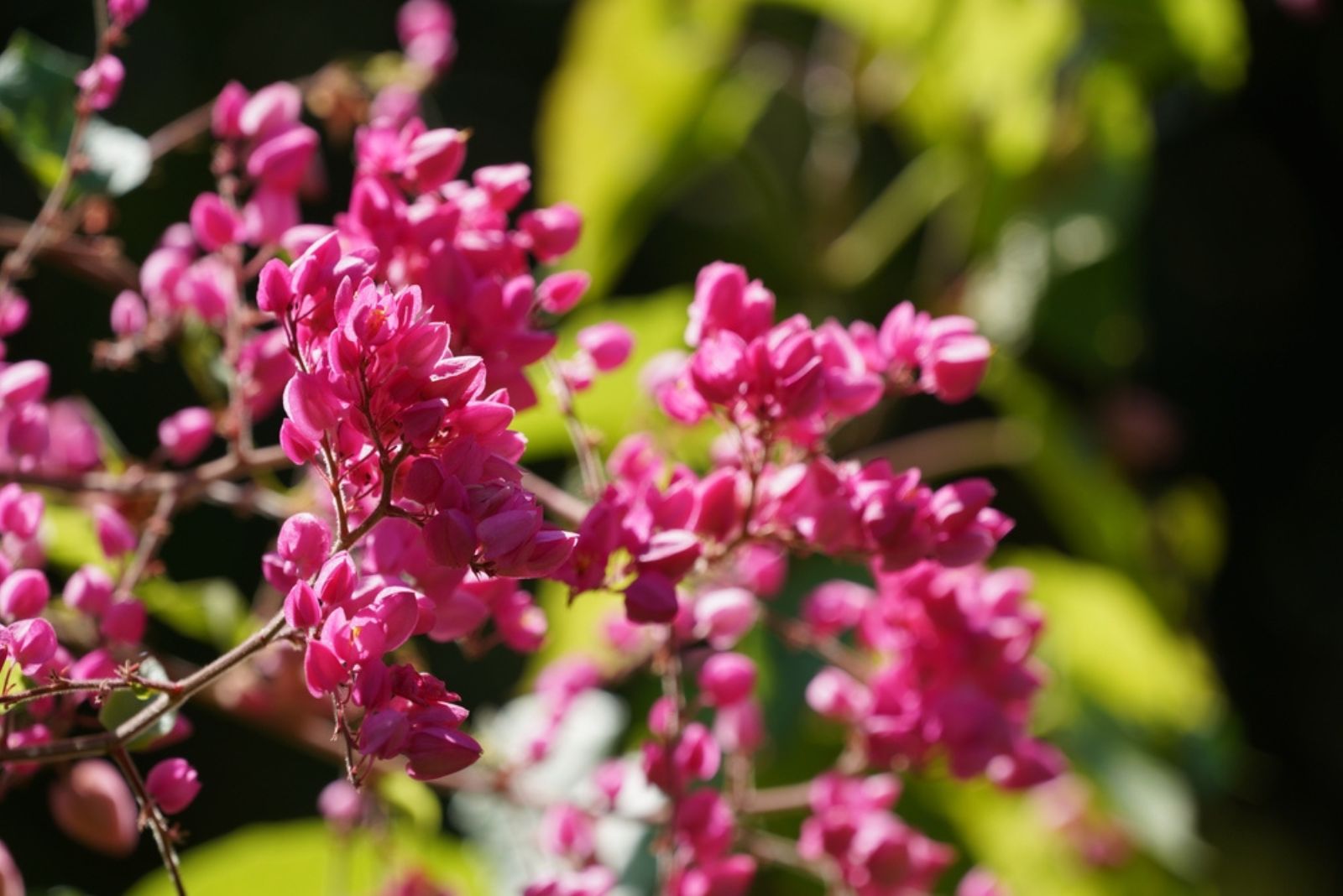We all know that as soon as the winter season settles in, most of our gardens lose their vibrancy. Luckily, this can be easily prevented by growing winter interest plants!
Not only are these plants resilient and easy to grow, but they will also keep your winter garden alive with their colorful blooms and lush foliage. Plus, some of these plants produce berries that can attract birds into the yard!
In this article, we are going to talk about colorful plants that can grow perfectly fine in cold temperatures, so stay tuned.
1. Paper Birch (Betula Papyrifera)
Paper birch, otherwise known as Betula papyrifera, is a short-lived species that is native to North America. It has white papery bark, hence the name. These trees usually grow up to 50 to 70 feet tall.
Paper birch trees usually take about 70 years to reach maturity, but they can live up to 200 years. Most fallen trees are used for holiday crafting. You can find more about it here: Birch Tree Christmas Crafts.
2. Winter Aconite (Eranthis Hyemalis)
Now we are onto a flowering bulb – meet Winter aconite, the plant that produces bright yellow flowers that announce the arrival of spring!
They should be planted in the fall for flower production in late winter. These flowers are good for attracting pollinators, but also for repelling deer. They mix well with snowdrops, which are another winter plant that we will look at in a minute.
3. Ornamental Brassicas (Brassica Oleracea)
Who would have thought that Brassicas could keep your winter garden looking vibrant!?
You can choose between ornamental kale and cabbage with delicious taste that can spruce up your garden, or you might opt for more ornamental Brassicas with unique colors that can maintain a lively garden but cannot be quite used in culinary purposes due to their bitter taste.
The choice is yours!
4. Cyclamen (Cyclamen Persicum)
Cyclamen are often found on lists of colorful plants and flowers to create a stunning garden display. These are usually grown in garden beds and exhibit showy flowers with different colors, including pink, red, and white, while some are also bicolored!
It’s best to plant them beneath a deciduous tree because they will get enough sunlight during the winter season once the leaves are full, but are still going to be protected from the scorching sun during hot summer days.
5. Cotoneaster (Cotoneaster Apiculatus)
Cotoneaster, with its cascading branches and bright red berries, can completely transform your winter landscape!
This is an ornamental shrub that usually grows between 5 to 7 feet tall. Since they produce berries, a lot of birds will come to take a bite. If you want to attract red cardinals to your backyard, you can start by growing a cotoneaster.
6. Roses (Rosa Rugosa)
You probably already know the blooming for most roses. However, there are some varieties that produce rose hips – large, red fruit that can be a valuable food source for birds, but still add that pop of color to your winter garden.
Rosa Rugosa produces quite large hips. They are edible for us too, and are extremely beneficial to our health since they contain vitamin C and antioxidants [1].
You can use them to make delicious tea and jams.
Here is my favorite recipe for a flavorful Rose Hip Jam
7. Pansies And Violas (Viola spp.)
Pansies and violas are popular plants that are known for their delicate appearance and cold tolerance. If you grow them in warmer climates, they will produce flowers for the entire year.
But, if you grow them in colder climates with extremely low temperatures, they might get seriously damaged. Luckily, these are self-seeding plants that will grow back as soon as the temperatures are warmer!
8. American Wintergreen (Gaultheria Procumbens)
Gaultheria procumbens, otherwise known as American wintergreen, is a low-growing plant that produces glossy leaves and crimson berries. Since they are low-growing, American wintergreens can also be used as ground covers.
What’s also great about American wintergreen is that they produce edible berries and leaves – these are used to make delicious desserts and also as a garnish.
9. Ornamental Grasses
There are a lot of ornamental grasses that will keep your garden looking lively even during the winter season. These grasses are quite easy to grow and they spread rapidly. Most of them produce seeds that attract birds.
Due to their dense growth, these ornamental grasses are perfect for blocking a neighbor’s view and getting more privacy.
You can choose between Zebra grass, Ravena grass, Fountain grass, Pampas grass, Maiden grass, etc. Just look for ones that can endure colder temperatures.
10. Golden Willow (Salix Alba)
Willows are easy-growing plants that produce delicate branches. Salix Alba is known for its golden branches and unique architectural form. These trees are perfect for making your winter garden a bit warmer.
11. Hellebores (Helleborus Orientalis)
Hellebores, otherwise known as the “winter rose”, produce delicate flowers in early spring. They can grow even if the soil is covered with light snow!
They resemble wild roses and poppies. Hellebores also come in every color that you can imagine so they are perfect for a colorful winter garden.
Also read: 23 Gorgeous Red Flowers For Every Season
12. Harry Lauder’s Walking Stick (Corylus Avellana)
Harry Lauder’s walking stick, also known as corkscrew hazel, is a deciduous shrub that grows up to 10 feet tall and produces unique twisted branches that add interest to the garden.
It also produces yellow catkins in the winter and early spring that are ideal for a subtle pop of color during the colder months.
13. Winter Heath (Erica Carnea)
Erica carnea is a perennial shrub that usually grows up to 12 inches tall. It produces needle-like foliage and small, delicate urn-shaped flowers that have purple-pinkish colors.
If you opt for Winter heath, you have to choose cultivars that can produce flowers in the winter. Also remember that heaths are not the same as heathers – these have scale-like foliage but can also endure cold winters.
14. Beautyberry (Callicarpa Americana)
Beautyberry, as the name suggests, produces clusters of vibrant purple berries that add a perfect pop of color against winter’s backdrop. These berries act as a food source and attract wildlife, including deer and quail.
They usually grow about 5 feet tall, but they can also reach about 10 feet tall if grown in ideal conditions. This shrub is usually grown as a border although it can be grown as a single plant.
If you are still not convinced, then check out these 7 reasons to grow beautyberries in your garden.
15. Japanese Barberry (Berberis Thunbergia)
Japanese barberry is an ornamental bush that produces thick and thorny branches along with red berries in the winter. Their dense growth provides privacy and attracts birds.
Japanese barberries usually grow up to 6 feet tall and about 7 feet wide. So, you can grow them as single plants or you can use them to create borders for privacy.
16. Witch Hazel (Hamamelis Virginiana)
Witch hazel, also called Hamamelis virginiana, is a unique plant that produces yellow fragrant flowers in the middle of the winter season. These flowers look stunning against a snowy background.
This plant can grow up to 30 feet tall although it is usually kept smaller with trimming and pruning. What’s also interesting is that this plant is often used for medicinal purposes, too – it has remarkable skin-soothing properties [2].
17. Japanese Pieris (Pieris Japonica)
Japanese pieris is a broadleaf evergreen that produces glossy leaves and cascading clusters of blooms in pink and white colors. Japanese pieris’ flowers appear in mid-winter and they can last for a relatively long time.
These shrubs usually grow between 9 to 12 feet tall. They can adapt to various conditions, including shade and poor soils.
18. Snowdrops (Galanthus Nivalis)
Snowdrops produce delicate white flowers in late winter and early spring. These bell-shaped flowers emerge from the frost along with slender stems, and are a sign that the spring has arrived!
These flowering bulbs are usually planted in the fall before the soil freezes. After some time, they multiply and spread to create a marvelous flowering display.
19. Rowan (Sorbus Aucuparia)
Rowan trees are known for their feathery leaves and clusters of bright red berries which birds absolutely adore. We can also eat these berries but they have a bitter taste, so if you are not a fan, then you can use them to make marmalades and jams.
These trees can grow up to 30 feet tall when they reach full maturity. They can also adapt to poor growing conditions, including bad soils and partial shade.
20. Holly (Ilex Aquifolium)
Holly is a popular Christmas bush that produces glossy leaves and iconic red berries which wild birds absolutely love. These are also evergreen plants so they will keep their color all year long.
Check out this article: Who’d Win This Christmas Fight: Mistletoe vs Holly?
21. Winterberry (Ilex Verticillata)
Here is a plant similar to Holly – Winterberry is a deciduous shrub that can grow between 10 to 20 feet tall. If you have a smaller garden, opt for dwarf cultivars that grow between 3 to 5 feet tall.
These shrubs also produce clusters of bright red berries that last all winter. Like other shrubs that produce berries, these ones can also attract lots of birds to the garden.
22. Red Twig Dogwood (Cornus Sericea)
Here is yet another vibrant shrub, the Red twig dogwood. It produces bright red branches that add a burst of color against the white winter canvas, making it a focal point in the garden.
During spring and summer, these branches are covered by oval leaves and foamy, white flowers. But, as soon as the fall settles in, the leaves start falling and revealing those beautiful branches.
23. Tibetan Cherry (Prunus Serrula)
Tibetan cherry tree, otherwise known as the Paperbark cherry, is a beautiful tree that has characteristic glossy mahogany bark that reflects the sunlight and appears striated – this creates a nice contrast to winter’s white background.
In the spring, they produce delicate white flowers. Tibetan cherries originate from China and grow about 20 to 30 feet tall.
24. Coral Bells (Heuchera Americana)
We are ending our list with the famous Coral bells!
Coral bells, also called Alumroot, are delicate flowering plants that produce lovely flowers at the end of striking stems during the summer months. In addition to these marvelous flowers, this plant also produces colorful leaves, which makes them perfect for our winter gardens!
Their leaves come in different colors, including dark purple, prominent green, and orange. These plants are resistant to cold but will definitely have more colors during winter in warmer climates.
If you plan on growing your own Coral bells, then consider planting some of these Coral bells companion plants nearby.
References:
1. Rosehip. Versus Arthritis.
2. Witch Astringent is the Best? 9 Benefits of Witch Hazel for Skin. Greatist

